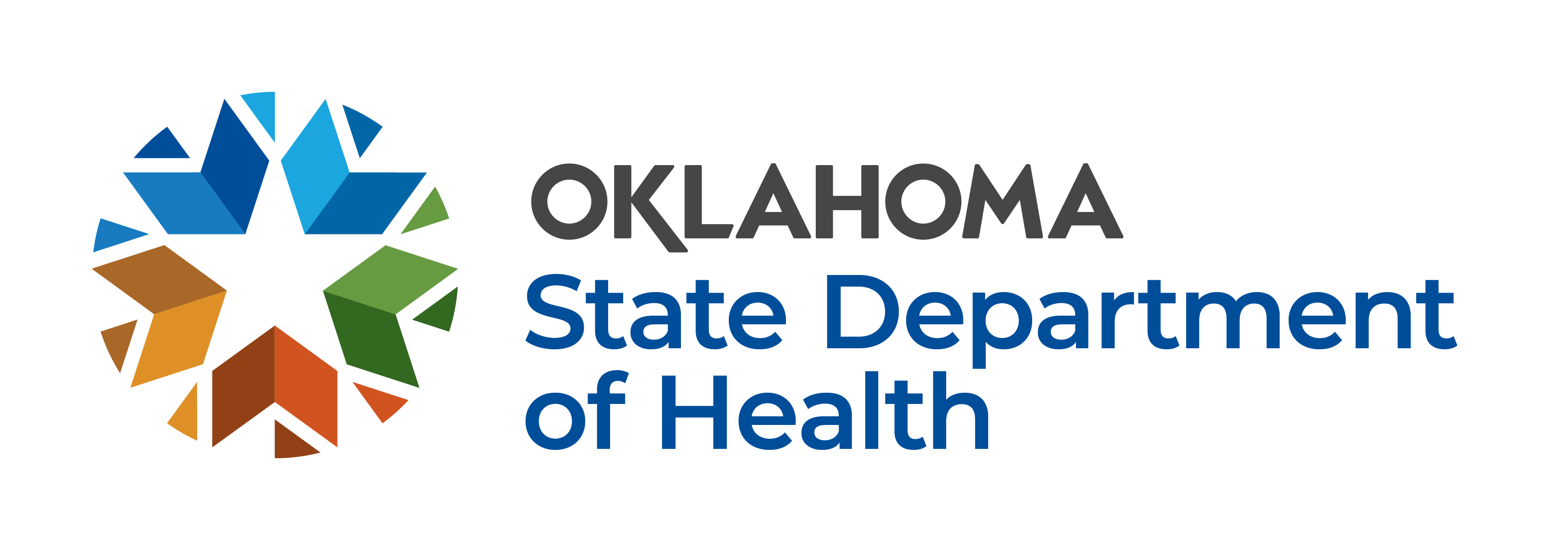Exposures reported during the week of April 6-12, 2025
Business: Northwest Pediatrics of Oklahoma City
Address: Mercy Plaza Building (an outpatient clinic) 4140 W Memorial Rd., Suite 413, Oklahoma City, OK 73120
- Locations of exposure risk within Mercy Plaza Building: lower level lobby, elevators, and the elevator landing and hallway on the 4th floor.
Date: April 4, 2025
Time: 10:45 a.m. to 2 p.m.
- The OSDH worked with Northwest Pediatrics of Oklahoma City to identify individuals with a known exposure risk. The OSDH will notify these individuals directly of their exposure.
Business: Aldi Grocery Store
Address: 6965 NW Expressway, Oklahoma City, OK, 73132
Date: April 6, 2025
Time: 10 a.m. – 1 p.m.
- If you visited the location listed within the date and timeframe and are unvaccinated, unsure of vaccine or immune status, or have concerns, you are encouraged to provide your name and contact information on this form, and someone from the health department will contact you between 8 a.m. and 8 p.m., 7 days a week for further information and guidance.
- Individuals who are possibly exposed and not immune through vaccination or prior infection should exclude themselves from public settings for 21 days from the date of their potential exposure.


